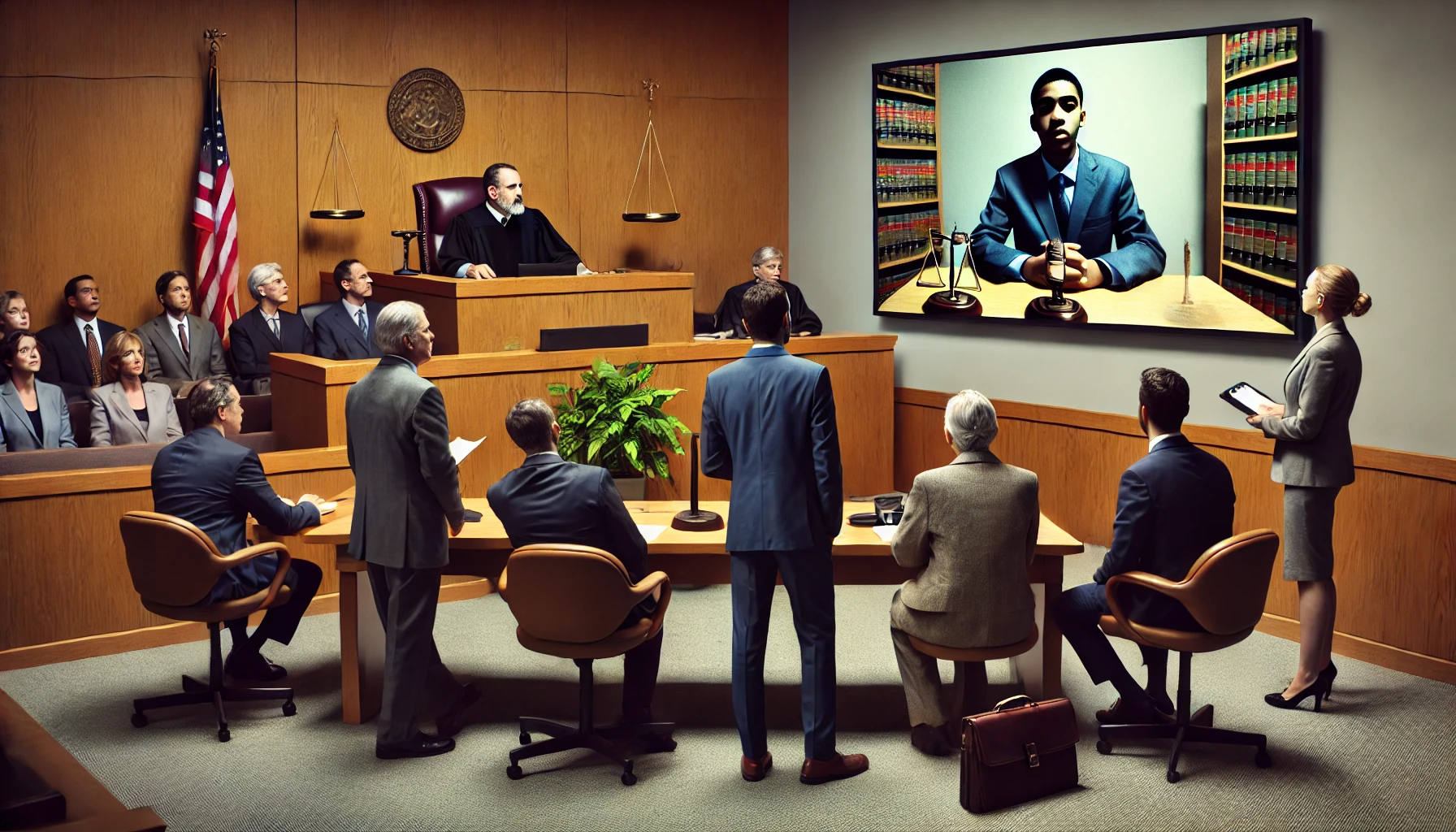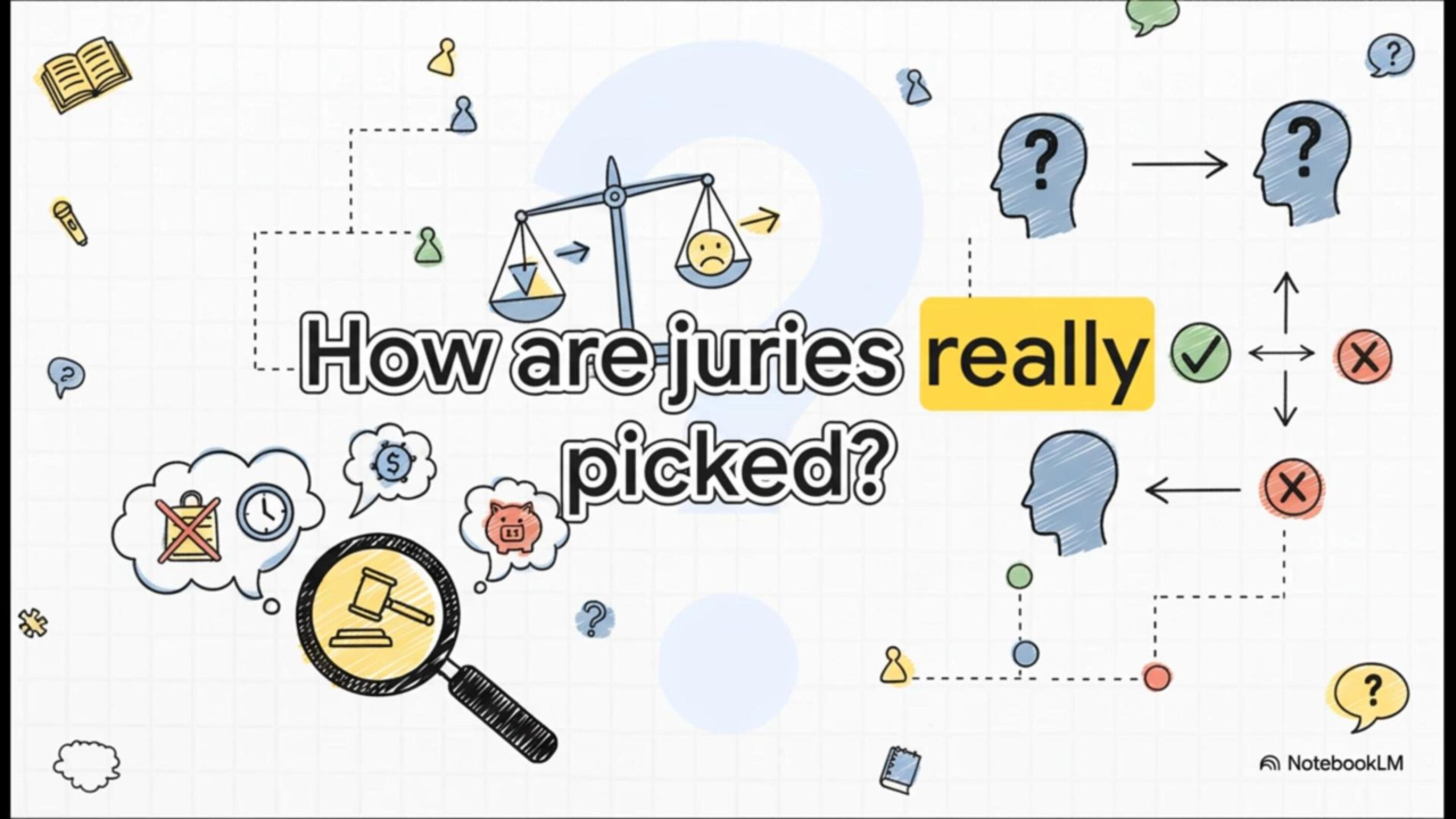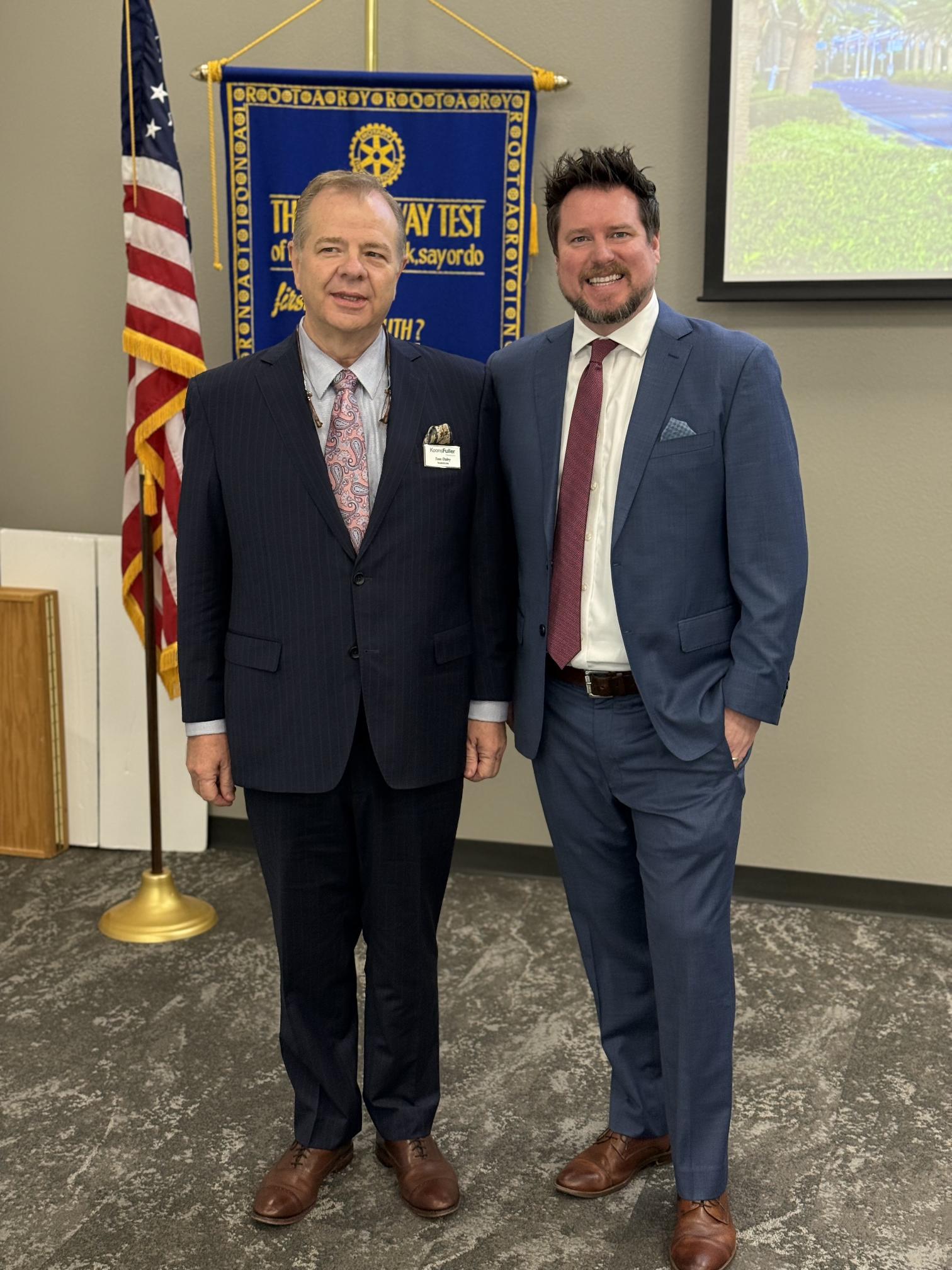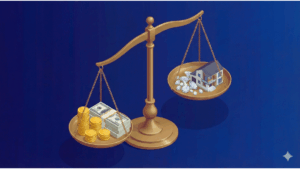Using a Child’s Statements in Trial
The Hearsay Problem
This article explains three methods to use a child’s out-of-court statements as evidence, despite the general rule that “hearsay” (a statement made outside of court) is not admissible. First, statements made to a child’s counselor can be allowed if they were made for medical diagnosis or treatment. Second, statements describing abuse can be admitted under the Texas Family Code if the child is available to testify and the court finds the statements reliable. Third, an “excited utterance” – a statement about a startling event made while the child was still under the stress of that event – can be admitted regardless of the child’s competency as a witness.
The Hearsay Rule
As a general rule, statements made outside of the courtroom are not admissible in court. Those out of court statements are referred to as “hearsay.” In Texas, hearsay is defined in Rule 801 of the Texas Rules of Evidence:
“Hearsay” means a statement that:
(1) the declarant does not make while testifying at the current trial or hearing; and
(2) a party offers in evidence to prove the truth of the matter asserted in the statement.
The “declarant” is the person who makes the statement.
“Statement” means a person’s oral or written verbal expression, or nonverbal conduct that a person intended as a substitute for verbal expression. (Yes, a head nod done outside of court id hearsay.)
“Matter asserted” means:
(1) any matter a declarant explicitly asserts; and
(2) any matter implied by a statement, if the probative value of the statement as offered flows from the declarant’s belief about the matter.
So what that tells us is that if a person, including a child, says something outside of the courtroom, it probably cannot be offered into evidence if the other side raises a hearsay objection.
There are a number of exceptions to this rule. In this post we’ll focus on statements made by a child outside of the courtroom–how do we get those statements into evidence? There are three ways.
Three Ways to Use a Child’s Statements in Court
1. The Child’s Counselor
Statements made to a child’s counselor may be admitted when the counselor is testifying. Rule 803(4) of the Texas Rules of Civil Procedure provides this exception to the hearsay rule:
Statement Made for Medical Diagnosis or Treatment. A statement that:
(A) is made for—and is reasonably pertinent to—medical diagnosis or treatment; and
(B) describes medical history; past or present symptoms or sensations; their inception; or their general cause.
A child’s counselor qualifies as a provider of medical diagnosis or treatment as has been confirmed by the following appellate court opinions:
- Calderon v. Texas Dept. of Family & Protective Services, 03-09-00257-CV, 2010 WL 2330372 (Tex. App.—Austin June 11, 2010, no pet.) (admitting the child’s statements made during therapy that the child had seen a white powder on the table and had witnessed her parents acting “weird”).
- Brown v. Brown, 500 S.W.2d 210, 213-14 (Tex. Civ. App.—Texarkana 1973, no writ) (“As to the contention that Dr. Ohler’s testimony was hearsay and should not have been admitted, it is well settled that in child custody matters the trial court has a wide latitude of discretion in considering testimony and evidence, including opinion evidence of expert witnesses, which assists the court in deciding what conditions are detrimental or advantageous to the children for the purposes of deciding who should have custody of them.”).
The rationale behind this is that the counselor is not offering the statements for the truth of the matter asserted by statement but rather for the purpose of explaining the statements the counselor heard and relied on to provide therapeutic treatment or forensic evaluation of the child.
Do Counselors Qualify?
There has been long line of cases debating whether a statement made to a counselor is “for the purpose of medical diagnosis or treatment.” Ultimately, the Texas Court of Criminal Appeals clarified that the answer is yes in Taylor v. State, 268 S.W.3d 571 (Tex. Crim. App. 2008). The discussion on page 587 of the published opinion is worth reading in full because it broadens the scope of witnesses to more than just counselors and doctors:
We reject the notion, implicit in the Austin Court’s holdings, that before a witness can relate the out-of-court statement made for purposes of medical diagnosis or treatment under Rule 803(4), the witness must be shown to have medical “qualifications” that “conform to the rule.”[85] It is clear that the drafters of the federal rule did not think so, for they expressly designated that in order for the exception to apply “the statement need not have been made to a physician.”[86] Indeed, “[s]tatements to hospital attendants, ambulance drivers, or even members of the family might be included.”[87] Certainly a family member will not typically have any “qualifications” in the medical profession. The essential “qualification” expressed in the rule is that the declarant believe that the information he conveys will ultimately be utilized in diagnosis or treatment of a condition from which the declarant is suffering, so that his selfish motive for truthfulness can be trusted. That the witness may be a medical professional, or somehow associated with a medical professional, is no more than a circumstance tending to demonstrate that the declarant’s purpose was in fact to obtain medical help for himself. A declarant’s statement made to a non-medical professional under circumstances that show he expects or hopes it will be relayed to a medical professional as pertinent to the declarant’s diagnosis or treatment would be admissible under the rule, even though the direct recipient of the statement is not a medical professional.[88]
And continuing on to page 588:
[W]e do not regard it as absolutely essential under the rule that the ultimate diagnosing or treating entity be a physician, or that the statement be made for purposes of diagnosing or treating a strictly physical ailment. As it has been universally recognized since the Eighth Circuit first addressed the issue in Renville, the medical community “must be attentive to treating the emotional and psychological injuries which accompany” crimes against children.[89] A statement made for the purpose of facilitating a child-declarant’s own mental health may carry the same self-interested motive as a statement made to facilitate the declarant’s physical well-being. If so, there is no reason to exclude it from Rule 803(4)’s ambit, regardless of whether the care-giver is a psychiatrist (and hence, a physician) or some other trained mental-health professional.
However, you can’t just have a counselor testify as to what a child said. You need to establish the likely truthfulness of the statements through other questions (“predicate”) before asking the counselor to say what the child said. Again, from Taylor at page 590:
[I]t is incumbent upon the proponent of the hearsay exception to make the record reflect both 1) that truth-telling was a vital component of the particular course of therapy or treatment involved, and 2) that it is readily apparent that the child-declarant was aware that this was the case. Otherwise, the justification for admitting the out-of-court statement over a valid hearsay objection is simply too tenuous.
The Taylor case shows that a statement can be allowed in court if it was made for medical treatment or diagnosis, and if the person making the statement (in this case, a child) believes their words will be passed along to a healthcare provider. This means that if a child tells something to a parent, older brother or sister, or teacher, thinking that this person will tell a doctor or counselor to help them, these statements might be allowed as evidence. The key point is that the child expected their words would ultimately reach someone who could provide medical help.
Predicate
The following predicate questions satisfy the case law and a court should admit the child’s statements if the counselor testifies as to his or her credentials, and otherwise testifies in the affirmative:
- What is your profession?
- How long have you been practicing in that profession?
- Do you regularly treat children of the same age as the child in question?
- What is your educational background?
- What licenses do you hold?
- What is your relationship to the child in question?
- When did you first see the child in your professional capacity?
- Since that date, how many times have you met with the child in your professional capacity?
- When was the last time you met with the child in your professional capacity?
- At the time the child made the statements you plan to share with the court, were you seeing the child for the purpose of providing mental health care therapeutic treatment or forensic diagnosis?
- Is the child’s truthfulness with you important to that therapeutic of forensic process?
- In meeting with the child, did you develop the impression that the child understood that he/she was making these statements to you in order to further the therapeutic or forensic process?
- Did you develop the impression that the child understood the importance of being truthful with you?
- Did you develop the impression that the child understood the difference between the truth and a lie?
- Do you have any reason to doubt that the child’s statements were truthful or at least consistent with what the child believed to be the truth?
- Were these statements relevant to your therapeutic or forensic services?
Once you’ve asked these questions, you can then ask the counselor what the child said and the judge should overrule any hearsay exception.
2. A Report of Abuse or Neglect
The Texas Family Code provides another way to admit a child’s statements if the child was reporting abuse or neglect. Section 104.006 of the Texas Family Code provides:
HEARSAY STATEMENT OF CHILD ABUSE VICTIM. In a suit affecting the parent-child relationship, a statement made by a child 12 years of age or younger that describes alleged abuse against the child, without regard to whether the statement is otherwise inadmissible as hearsay, is admissible as evidence if, in a hearing conducted outside the presence of the jury, the court finds that the time, content, and circumstances of the statement provide sufficient indications of the statement's reliability and:(1) the child testifies or is available to testify at the proceeding in court or in any other manner provided for by law; or(2) the court determines that the use of the statement in lieu of the child's testimony is necessary to protect the welfare of the child.
Note that the child must be availble for live testimony. That means that the child must be available either in the courtroom or by one of the alternative means of testifying:
- Prerecorded statement of the child: Tex. Family Code § 104.002;
- Prerecorded videotaped testimony of the child: Tex. Family Code § 104.003;
- Remote televised broadcast of testimony of the child (e.g. Zoom): Tex. Family Code § 104.004.
If you have a jury trial, you must file a motion asking the court to find that the time, content, and circumstances of the child’s statements, including the child’s prerecorded statement if that’s available, provide sufficient indications of the reliability of the statements. Do not wait until trial to find out whether critical testimony will be permitted—do this even before mediation, if you can, so that neither party faces the uncertainty of the admissibility of the child’s statements.
3. Excited Utterance
An “excited utterance” is another exception to the hearsay rule. The application of this rule is clear in circumstances where a person was heard screaming, “Oh no!! I killed him!!” A witness who clearly heard the defendant scream that out contemporaneously with hearing a gun shot would be able to testify to this in court.
The rule that excepts an excited utterance from the hearsay rule is found in Rule 803(2) of the Texas Rules of Evidence:
The following are not excluded by the rule against hearsay, regardless of whether the declarant is available as a witness:
(1) Present Sense Impression. A statement describing or explaining an event or condition, made while or immediately after the declarant perceived it.
(2) Excited Utterance. A statement relating to a startling event or condition, made while the declarant was under the stress of excitement that it caused.
The application of this rule can get murky with challenges to the competence of the witness (a child) and the fact that there is often a significant delay between when the child experiences the event and when the child makes the excited utterance.
The Texas rule derives from the Federal rule and therefore U.S. Federal case law is relevant. In Morgan v. Foretich, 846 F.2d 941, 946 (4th Cir. 1988), the court layed out the application of the rule as to a child’s statements very clearly.
First, at page 947 of the published opinion, the court explained the rule:
To qualify as an excited utterance, the declarant must (1) have experienced a startling event or condition and (2) reacted while under the stress or excitement of that event and not from reflection and fabrication.
The first element established by the Morgan case is that the child must have actually experienced the startling event or condition–the child cannot be relaying someone else’s experience. For example, a child saying, “Jim Bob slapped me across the face,” is clearly a startling event that the child experienced whereas the child saying, “My cousin was crying and told me that Jim Bob had slapped him across the face,” is probably too far removed from the child’s own experience to be admissible—unless he saw Jim Bob slap his cousin.
The second element requires the statement to have been made by the child to the witness who is realying the child’s statmeent in court, while the child was under the stress or excitement of the event (the slapping, for example). The longer the time between the event and the relaying of the child’s statement, the greater the likelihood of a successful challenge to the reliability of the statement. But how long is too long?
The Morgan court provided some insight on that issue on page 947 of the published opinion by saying,
Courts must be cognizant of the child’s first real opportunity to report the incident. Even if the child is aware of the nature of the abuse, significant delays in reporting this abuse may occur because of confusion, guilt, and fear on the part of the child.
Apparently, some creative but poorly educated attorneys have tried to challenge the relaying of a child’s excited utterance by saying that a child is not a competent witness. The Morgan court shut that down harshly by characterizing the argument as wholly without merit and concluding that:
If [the child’s] out-of-court statements […] otherwise qualify as excited utterances, [the witness’s] youthful incompetency will not bar the admission of this testimony.
Based on these elements, a good predicate prior to trying to introduce a child’s statement under this rule might go like this:
- Did the child make statements directly to you regarding the event?
- From the statements made to you by the child, is it clear that the event is something the child experienced directly or was the child relaying information provided by another person?
- On approximately what date and time did the child experience that which he relayed to you through his statements?
- And when did the child relay those statements to you?
- Can you describe the child’s mental state as it appeared to you from the child’s behavior at the time the child was relaying his statements to you?
- What did the child say to you?
Conclusion
Understanding these three exceptions to the hearsay rule is crucial for anyone involved in lawsuits concerning children. Whether through a counselor’s testimony, a formal report of abuse, or an excited utterance, these methods provide ways for a child’s voice to be heard in court while still protecting the integrity of the legal process. By following the proper procedures and asking the right predicate questions, advocates can help ensure that truthful statements from children are properly considered, even when the children themselves may find the courtroom environment challenging or traumatic.
Share this content:










